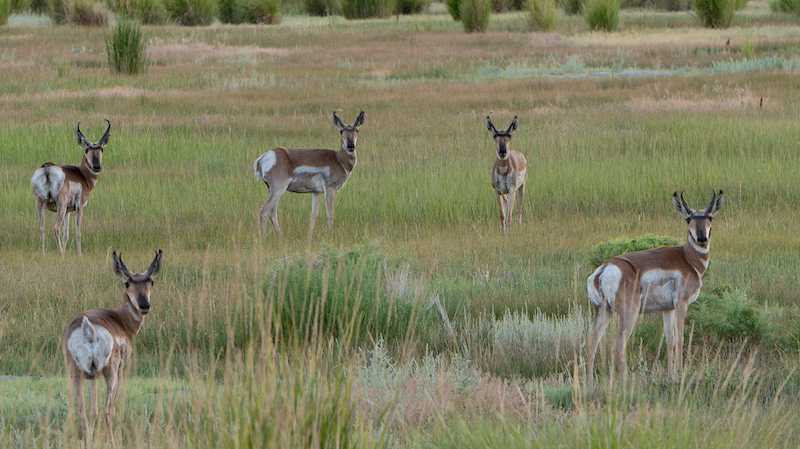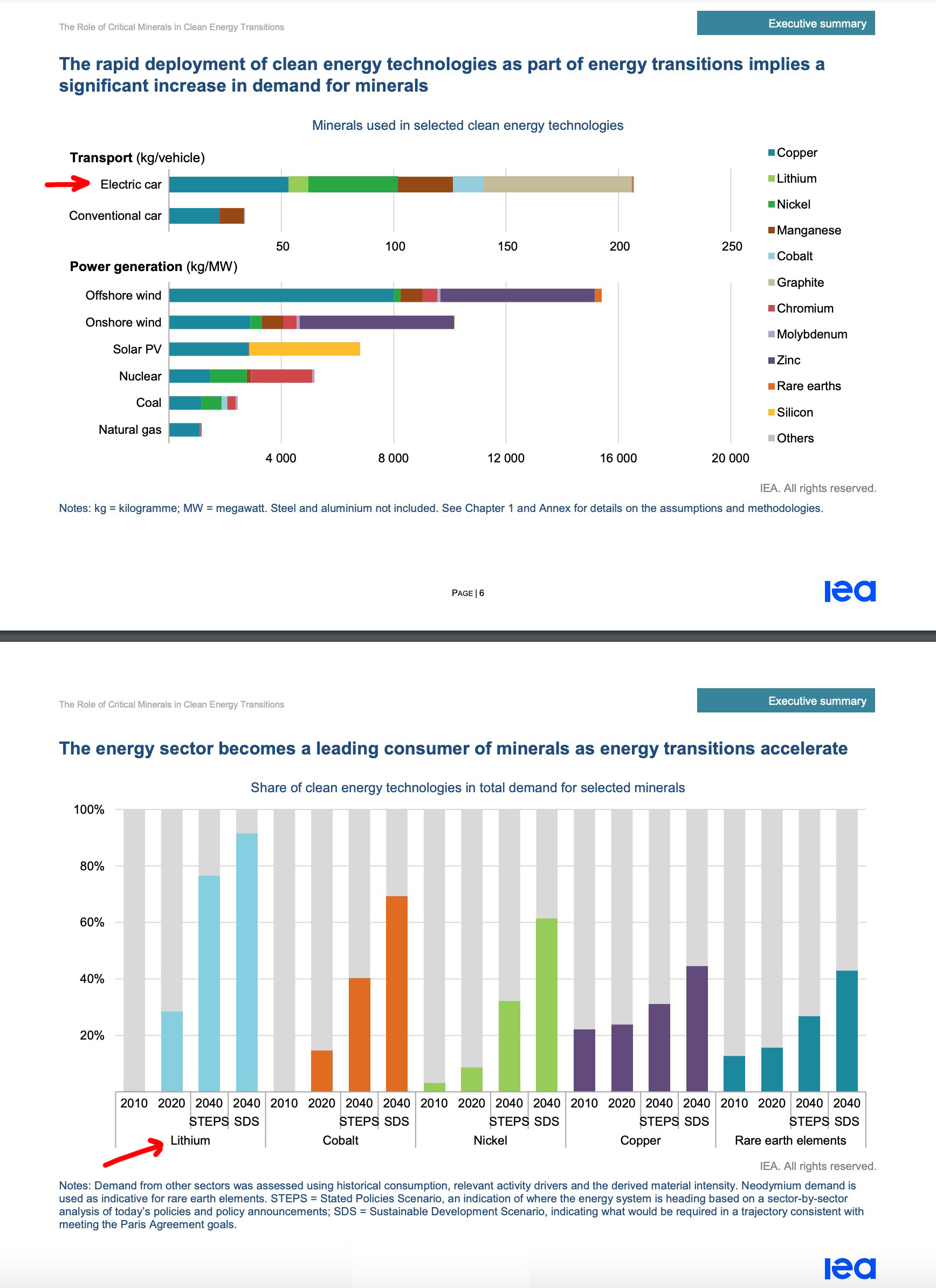The Lust for Money
As I watch Lithium Americas investors online celebrating Judge Miranda Du’s decision to allow the removal of sacred artifacts from Thacker Pass, I feel sick to my stomach.
“Go LAC!!” writes one investor. “Dirt shall move!” writes another. “Argentina online next year. Thacker Pass one less road block. Almost 500 million in bank. Sitting so damn pretty right now.” says a third.
Another writes of how many stocks he owns, punctuating his boast with an emoji showing a human face, eyebrows raised, panting as if in a caricature of lust with dollar signs for eyes and on the extended tongue.
Is this how the world is saved? By lust for money?
Sometime soon, bulldozers and excavators will arrive at Thacker Pass to begin “archeological digging” — a whitewashed term for the legally sanctioned looting of cultural artifacts and sacred sites. And afterwards, unless they are stopped, this whole mountain will be shattered and carted off.
The flesh of Earth, turned into profit.
I am disgusted and angry, but not surprised. This is a pattern of our culture, and history repeats itself.
In the mid-1800’s, colonization spilled over into Nevada territory. Miners, settlers, and soldiers gained footholds along rivers and where springs made life possible. With axes, the pine nut trees were felled, and like the mass-murder of the buffalo on the plains, the indigenous people’s ability to fight was cracked. With bullets, disease, and starvation, Paiute, Goshute, and Shoshone people were pushed out, corralled, and marched to reservations and boarding schools. “Kill the Indian, save the man,” they proclaimed. And now the mountains belonged to the conquerors, and they called it right. They called it manifest destiny.
Today, miners come for the land. They come for the water, 4.6 million gallons of it per day. They come for the sacred sites. The springs. The antelope. The ancestors in the soil. “We have complied with the National Historic Preservation Act, the National Environmental Policy Act, and our duty to consult with tribes,” they say. They claim the mountains belong to them, and while manifest destiny is officially out of favor, economic development is not. Besides, this is a green project, right? It is our destiny.
How is this different?
Three hundred and thirty-nine days ago, a few days before I visited Thacker Pass for the first time, I walked into a forest near the Columbia River. Finding a quiet spot in the dappled shade, I lay on my back on the dirt, and closed my eyes. My mind traveled to Thacker Pass.
First, I imagined the silence of this land, where wind and the hum of insects is often the loudest noise. I imagined ants, jackrabbits, antelope, and yes, human beings crisscrossing Thacker Pass on their ancient paths. From harmony, my vision shifted to the threat now facing the land.
“[G]reed comes,” I wrote in February, “wearing the flesh of human beings and armored in corporate law. Greed eyes the mountain and sees not the pronghorn or the burrowing owl or the ants venturing out from their colony, but only what he can take by breaking it all — by violating stone and wind and water, by transgressing of 16 million years of sacred silence. Greed sees that this mountain is full of lithium — the new white oil. Greed is a good storyteller, and he speaks of jobs and opportunities and investments, of stock options and shareholder returns, and electric cars. He speaks of saving the world.”
Now, for the first time since I have arrived here at Thacker Pass, destruction is imminent. The corporate laws that I wrote of back in February are playing their part. Bureaucracy, that indispensable tool in the arsenal of a democratic empire, has spoken. In court, administrative rules allowed the state to argue that “you had a chance to participate in the process, and you missed it.” And what is morally right, what is good for the land, what is wanted by the local indigenous people, ranchers, and farmers, becomes subordinate to what is written in administrative codes and lawbooks.
I wrote, in February, that “Right now, greed gathers his men and his machines, his drillers and borers and furnaces, his explosives and his chemicals and his politicians and his bankers. And he schemes, and he plans, and he wheels and he deals. He waits for his moment to press the plunger down, to close the circuit, to shatter the mountainside.”
That vision is close to becoming real.
And so we move deeper into the sixth mass extinction event, wallets grow fat as nature grows small.
In her recent artwork, the brilliant political cartoonist Stephanie McMillan, whose work I truly admire, asks this question: what do you do when your heart is breaking?
I pondered that question this morning. In Stephanie’s artwork, the human suffering from heartbreak curls into a ball, and answers the question by saying, “Nail it shut and wrap barbed wire around it.” But the bird beside the poor human has another answer: “Or you could let it open.”
The decision from Judge Du didn’t tell us anything new today. We all know that the courts don’t protect our living planet. We all know that the courts don’t protect indigenous peoples and lands. The courts enforce the law, and the law favors the wealthy over the people and the planet. And so Judge Du writes that while she “finds the Tribes’ arguments regarding the spiritual distress that the [looting of native artifacts and sacred sites] will cause persuasive,” she “must nonetheless reluctantly” allow the archeological dig as “the Court must operate within the framework of the applicable laws and regulations.”
Nothing has changed at Thacker Pass. For months now, the headsman’s axe has been raised. Now, it teeters on the brink of descending. We knew this time would come.
The question for us is this: will we wrap our hearts in barbed wire and nail them shut by ignoring injustice, walking away from reality, and lusting for money?
Or will we let our hearts open, and commit to protecting the land?



Recent Comments